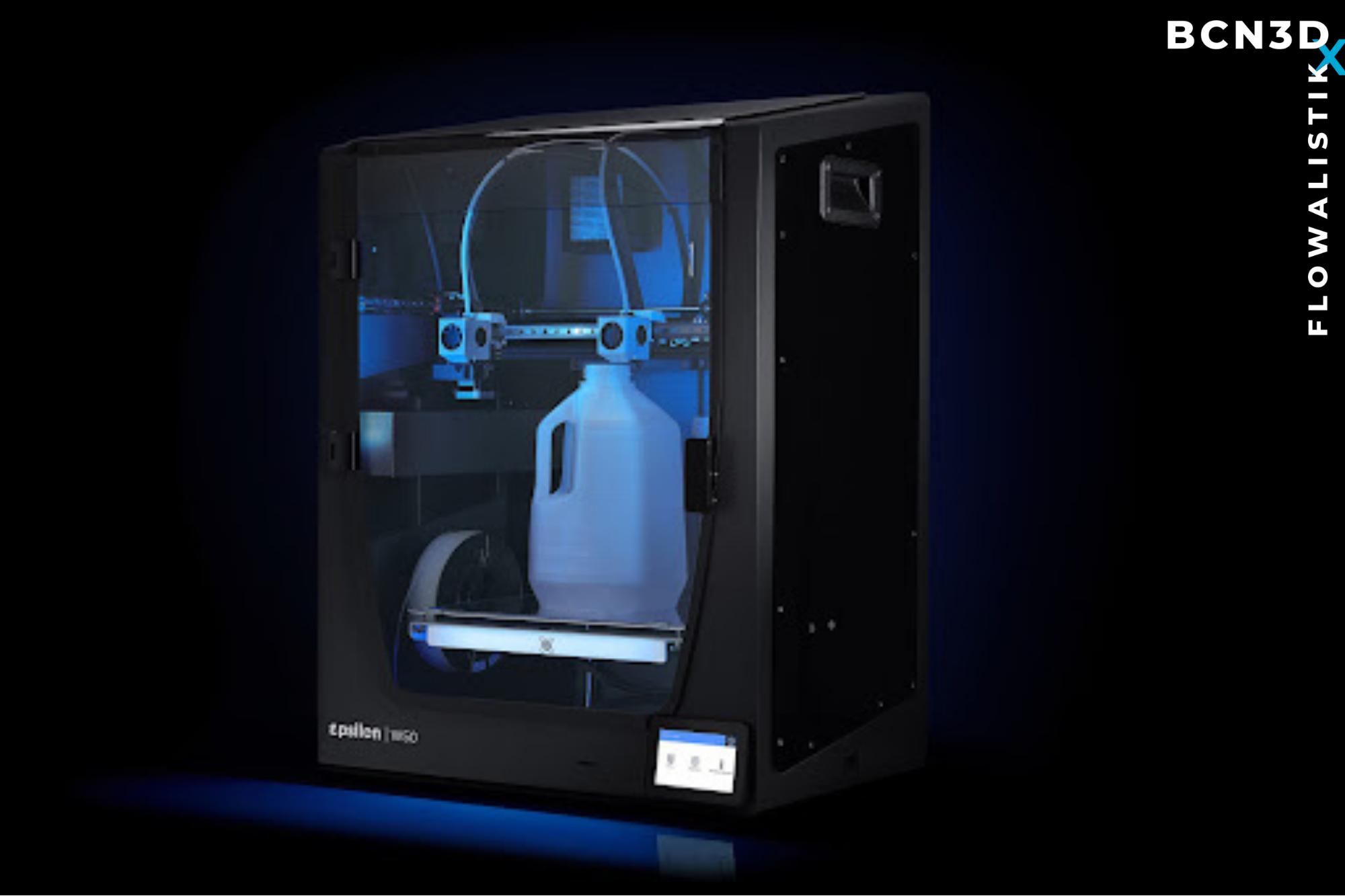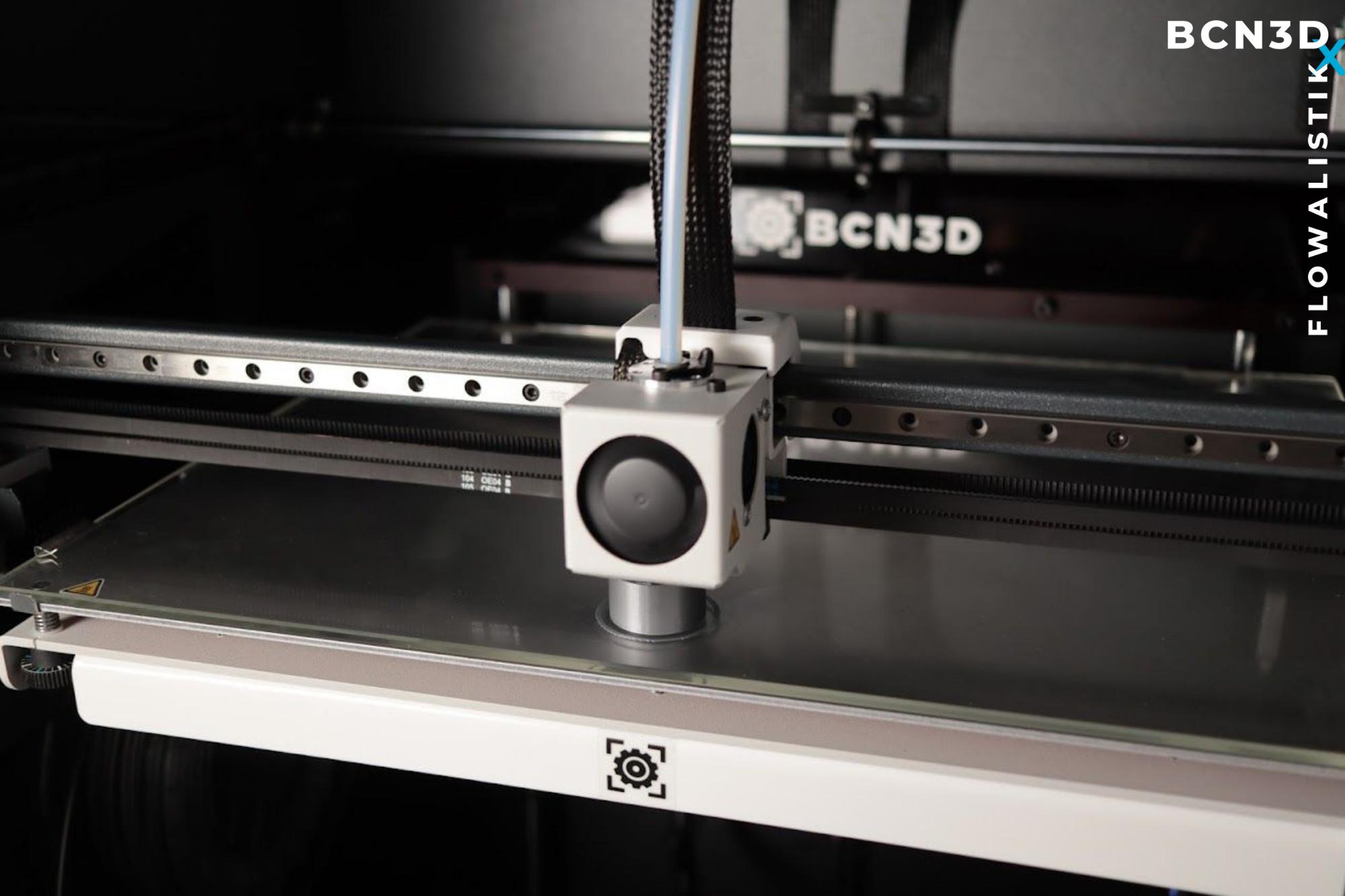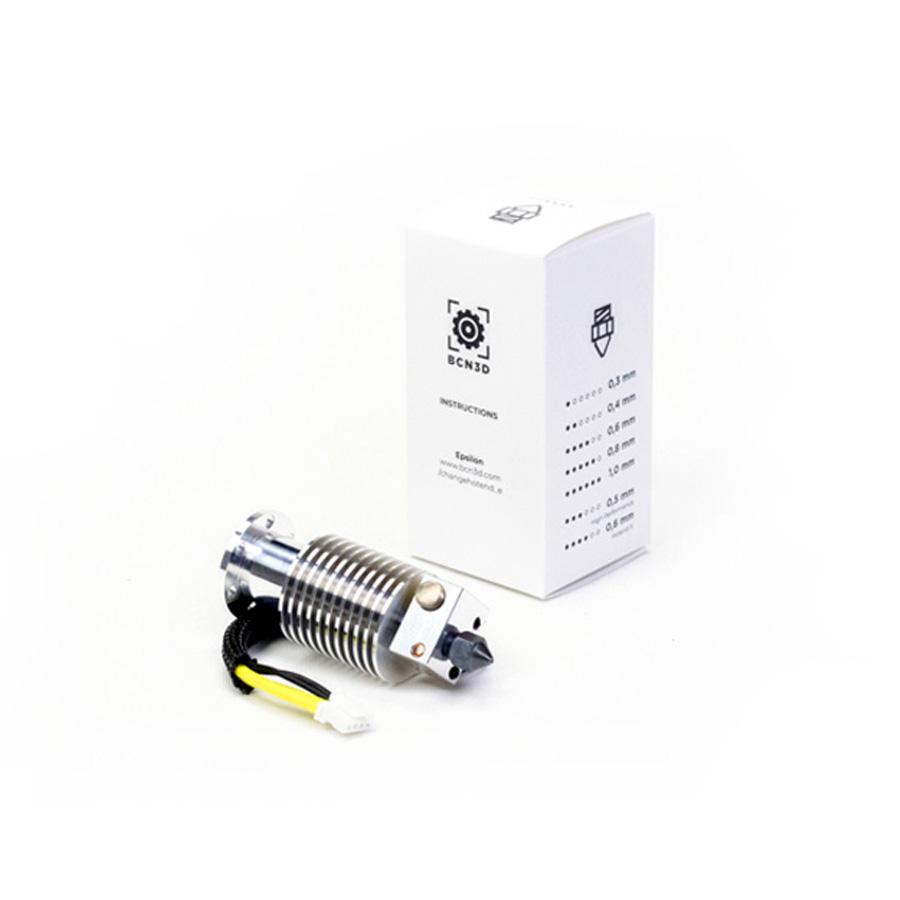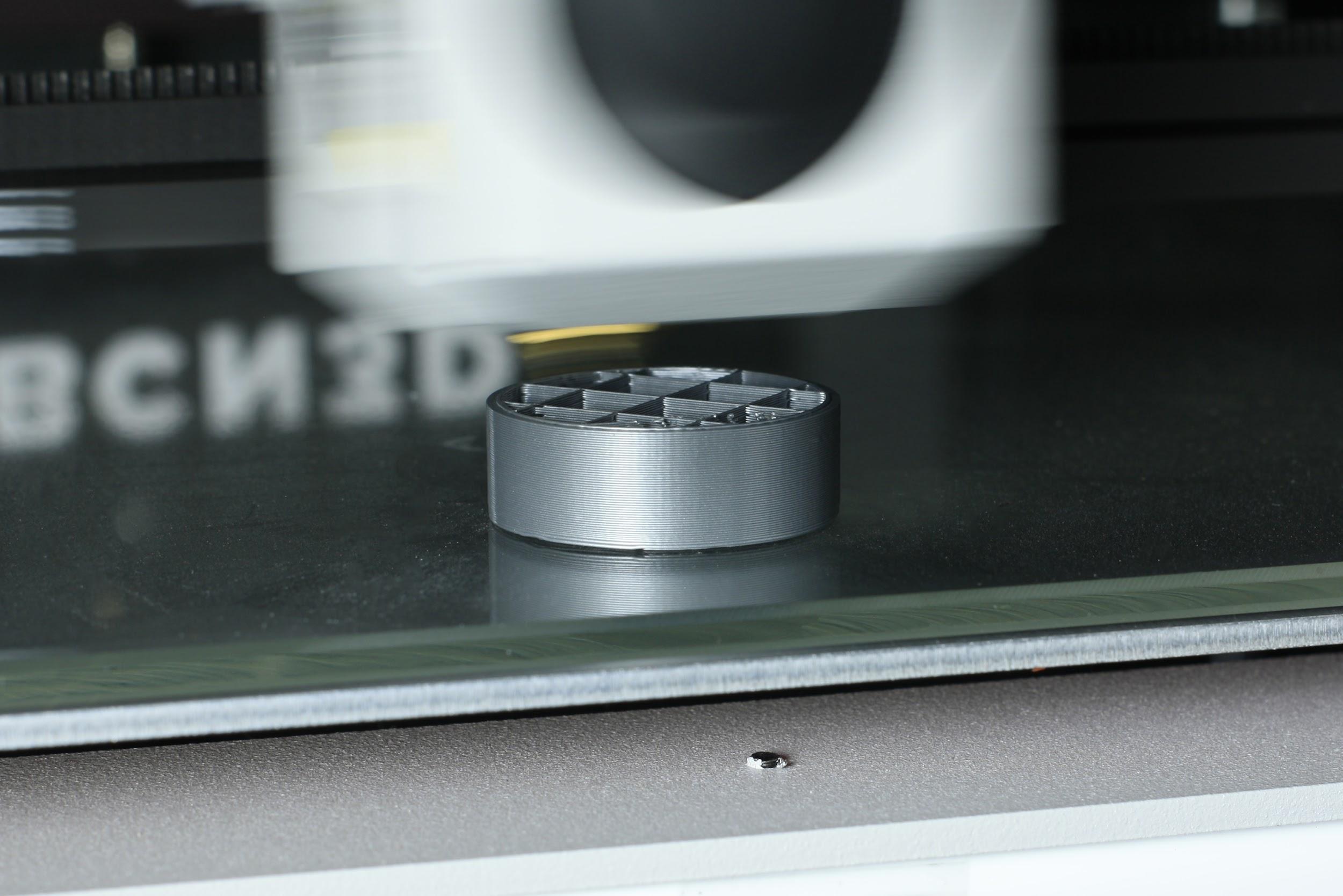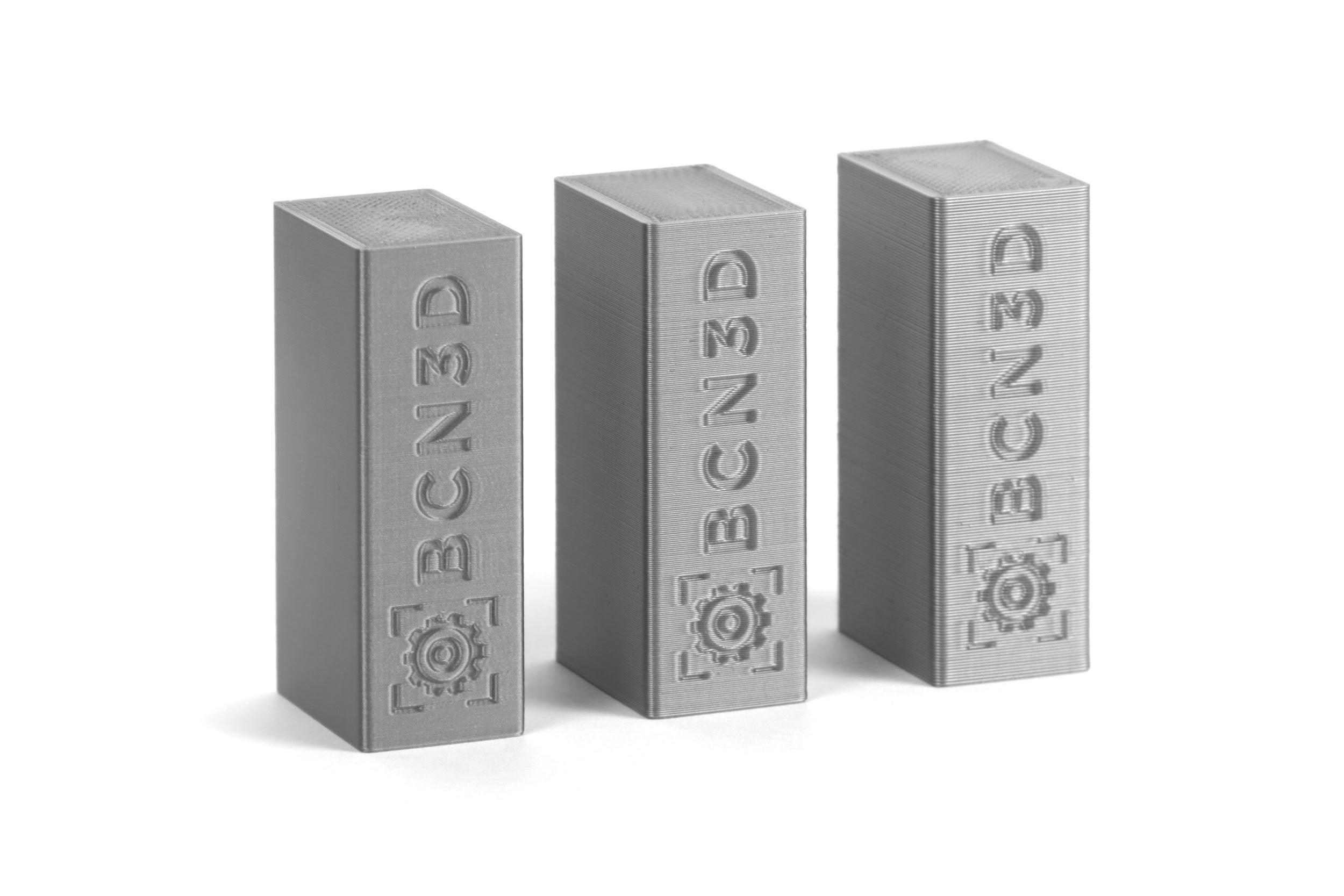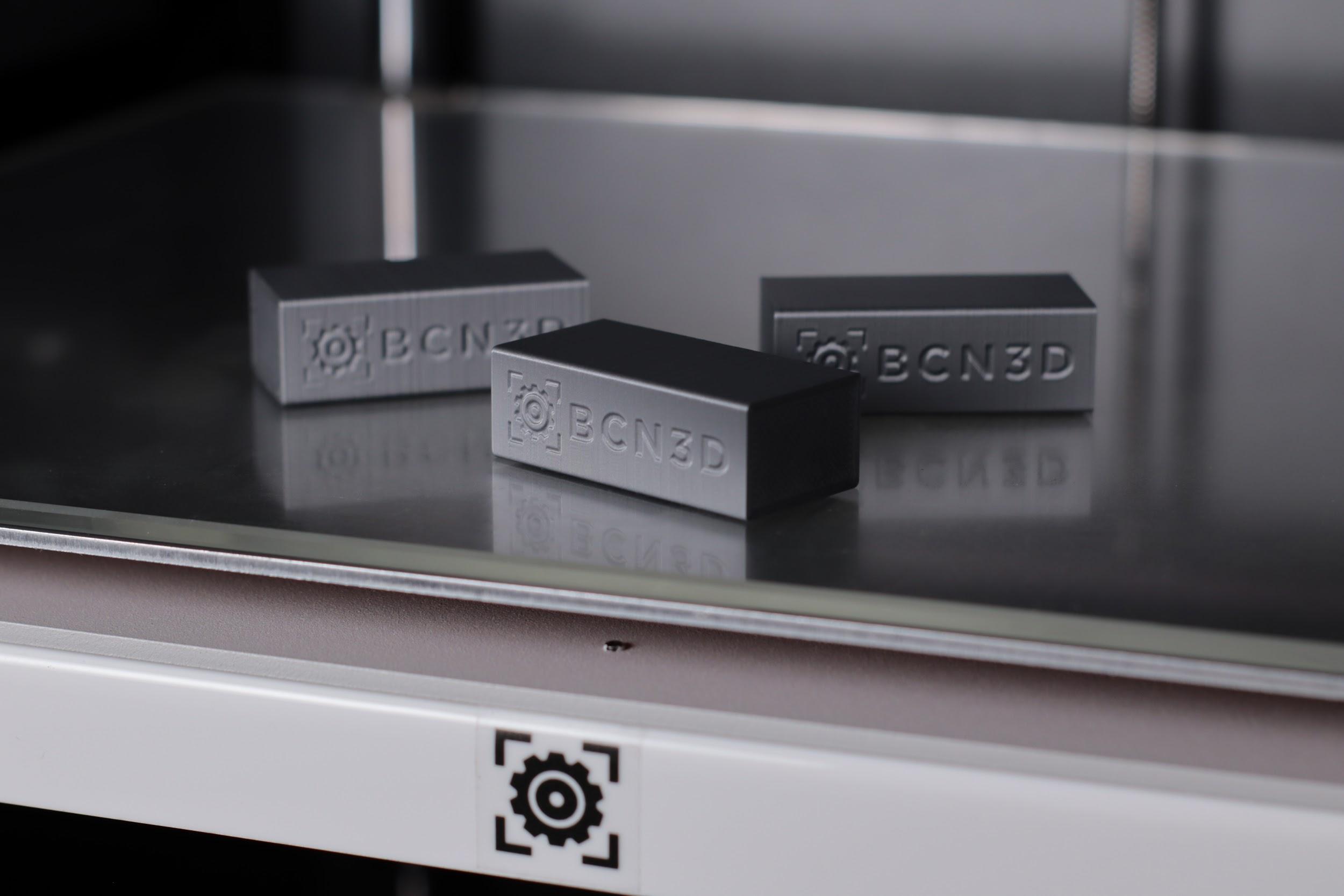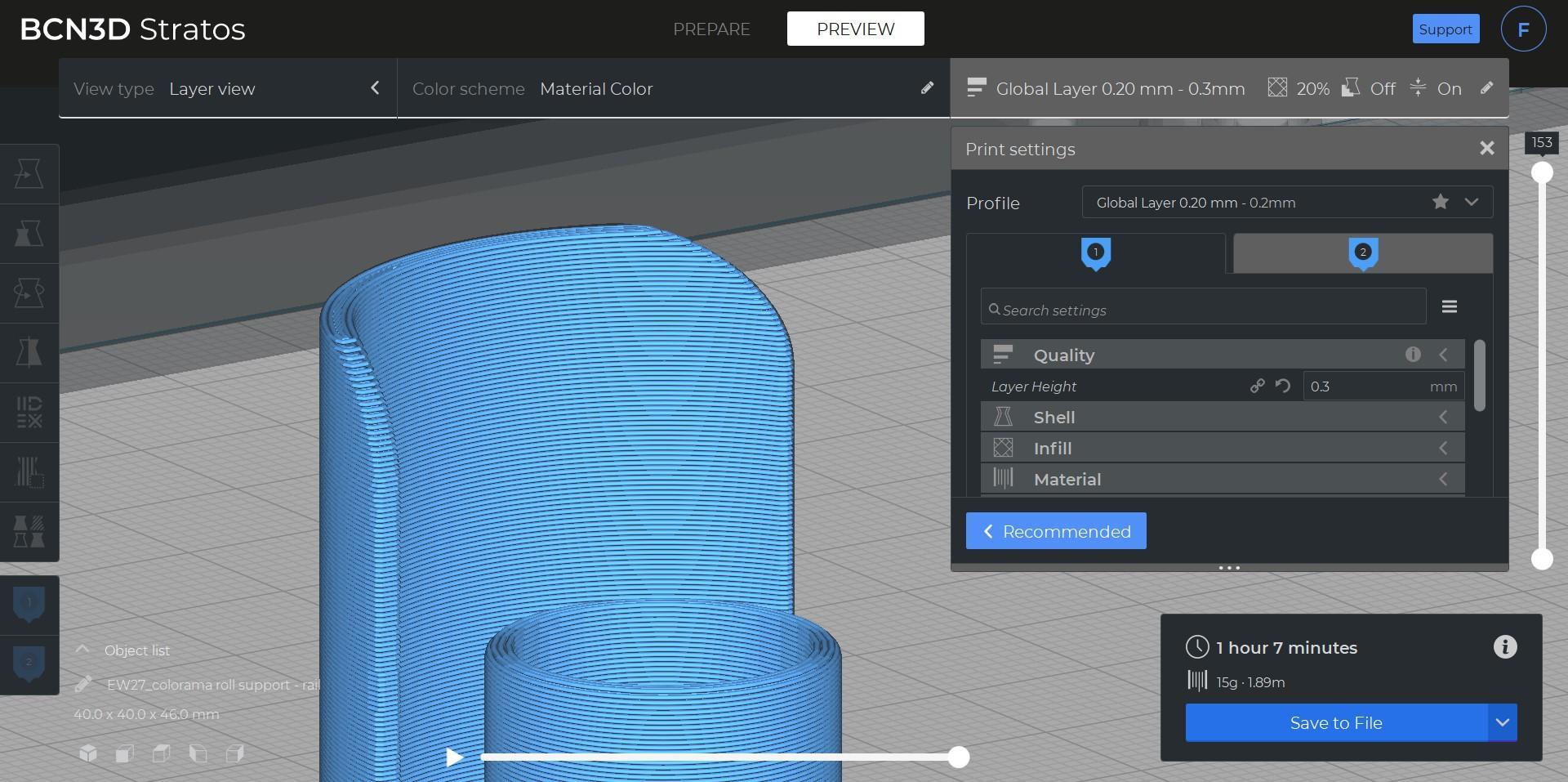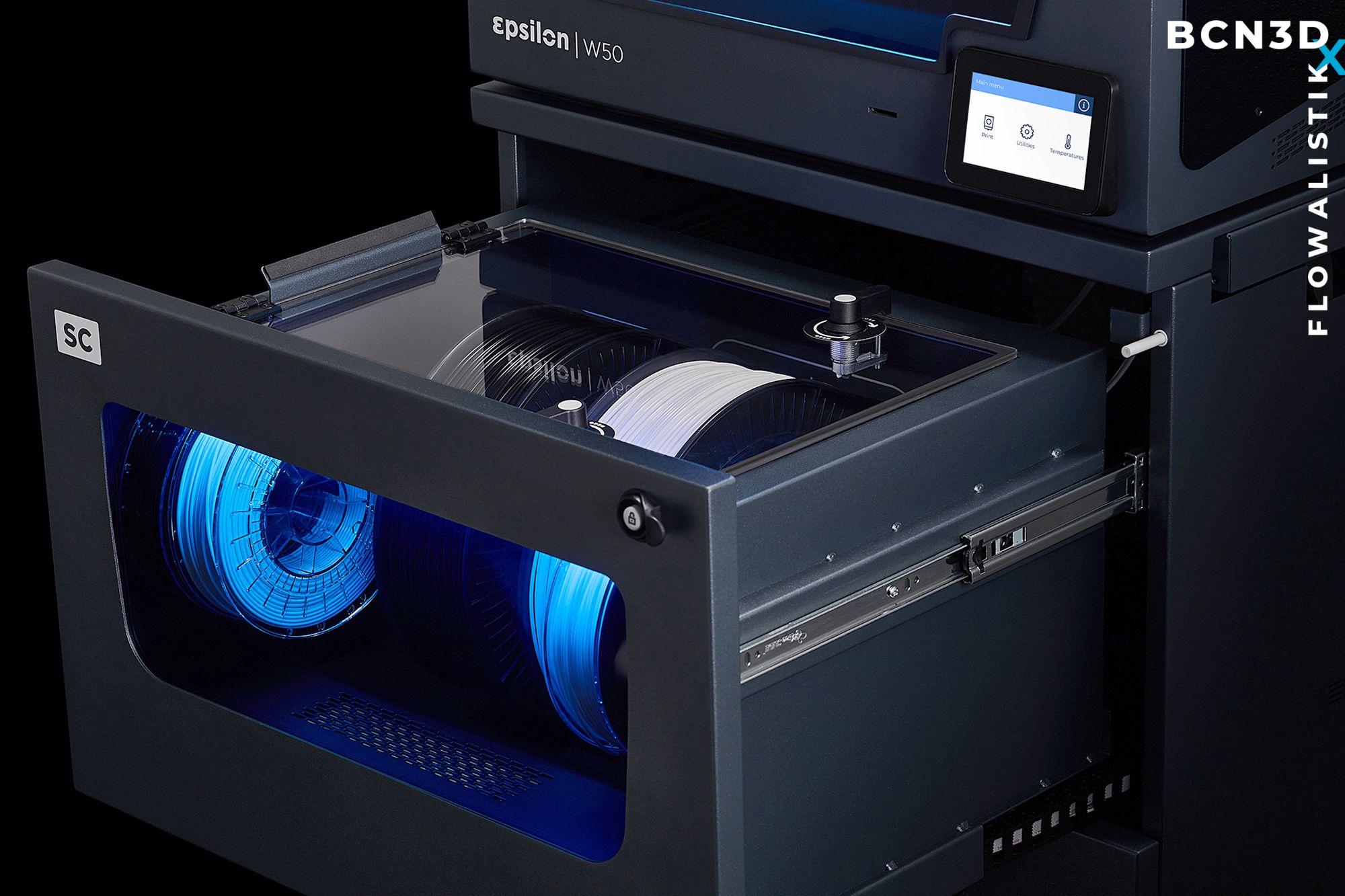
2 minute read
Wall Thickness Settings
from BCN3D Slicing Guide eBook
by BCN3D
Where to find the Wall Thickness settings?
Consider that the Wall Thickness settings are also known as shell thickness, perimeters, or outer shell. In BCN3D Stratos, the Wall Thickness settings can be found inside the Shell tab.
Advertisement

Wall Thickness Settings
In BCN3D Stratos, you’ll find different Wall Thickness settings in the Shell tab. These are the most important ones:
● Wall Thickness: The thickness of the walls in the horizontal direction. This value divided by the wall line width defines the number of walls. ○ Wall Line Count: The number of walls. When calculated by the wall thickness, this value is rounded to a whole number. ● Top/Bottom Thickness: The thickness of the top/bottom layers in a printed part. This value divided by the layer height defines the number of top/bottom layers. ○ Top Thickness ■ Top Layers ○ Bottom Thickness ■ Bottom Layers ○ Top/Bottom Pattern: The pattern of the top/bottom layers.
As you can see, the wall thickness is usually represented by its thickness (mm) or by the resulting number of lines or layers.
Calculating the Wall Line Count
It’s highly recommended to set a Wall Thickness that is a multiple of your nozzle diameter.
If you’re using a standard 0.4mm nozzle, you’ll want to set a Wall Thickness of 1.2mm, as it corresponds to exactly 3 Wall Lines. If you set a Wall Thickness of 1mm, it will correspond to 2.5 Wall Lines, resulting in inconsistent print quality.
The more you control the Wall Thickness, the easier it will be to guarantee a specific print quality.
Nozzle size and Wall Thickness
As mentioned above, it’s always recommended to set a Wall Thickness based on the nozzle diameter.
If you want to 3D print a model with 2mm walls, you could either use a 0.4mm nozzle and print five walls or use a 1mm nozzle and print just two walls.

BCN3D Stratos Wall Thickness vs. Nozzle Diameter comparison: 0.4mm (left), 1mm (right)
Using larger nozzles results in reduced print time, and in some cases, it can increase the overall part strength.
It’s important to consider that the nozzle diameter affects surface finish as it rounds sharp corners, and it may reduce the print resolution in those cases where small details such as text are included.

